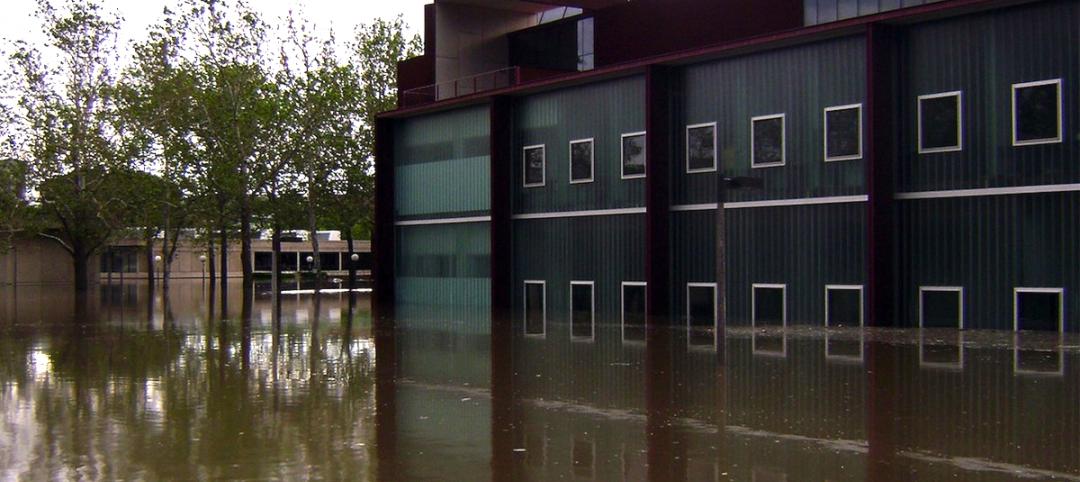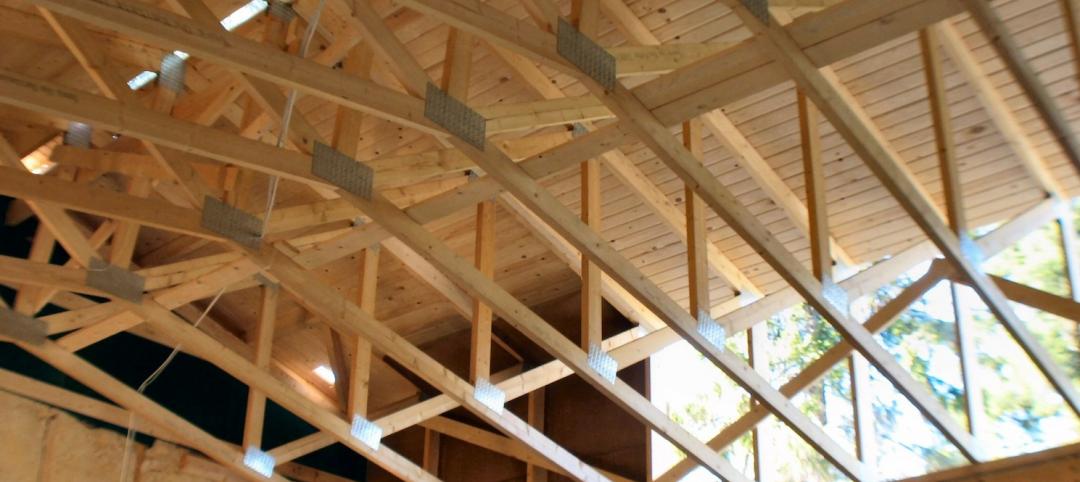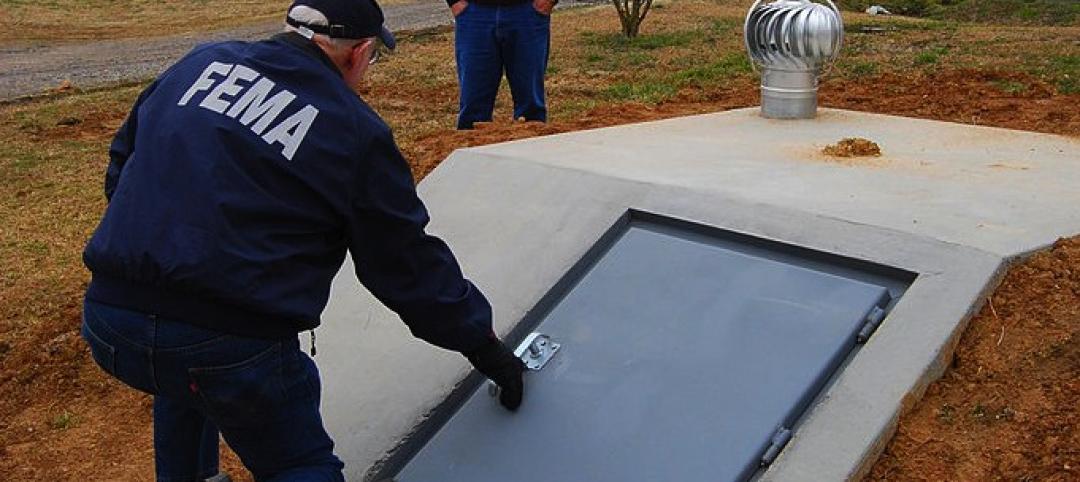California’s Supreme Court has ruled unanimously that the principal architects for a condominium project may be sued directly by a condominium homeowners association for design defects.
Skidmore, Owings & Merrill and HKS, Inc. were the principal architects for a 595 unit condominium project built near AT&T Park in San Francisco. The case, Beacon Residential Community Association v. Skidmore, Owings & Merrill, LLP, pertained to a 595-unit condominium project built near AT&T Park in San Francisco.
The units allegedly developing several defects including water infiltration, structural cracks, and overheating that made units virtually uninhabitable at times. The homeowners association sued the architects, alleging that these defects were caused by negligent design.
The decision highlighted the closeness of the connection between the architects’ conduct and the plaintiffs’ injuries, the limited and predictable class of potential plaintiffs, and the absence of options for the owners in obtaining design services on their own.
The decision held that even though, on most projects, the developer has the final say on design choices, the architect can’t escape liability to the end user. This decision is likely to give homeowners associations another target in defect cases. Architecture firms should consult their liability insurer to determine whether these claims will be covered.
(http://www.jdsupra.com/legalnews/architects-may-be-sued-directly-by-homeo-19296/)
Related Stories
Codes and Standards | Feb 6, 2015
Obama executive order requires federal construction projects to consider flood damage caused by climate change
To meet the new standard, builders must build two feet above the currently projected elevation for 100-year floods for most projects.
HVAC | Feb 6, 2015
ASHRAE, REHVA publish guide to chilled beam systems
The guide provides tools and advice for designing, commissioning, and operating chilled-beam systems.
Codes and Standards | Feb 2, 2015
AGC working with EPA on website to help with environmental rule compliance
The goal is for the site to be improved to make it easier for construction contractors to learn how to comply with federal and state environmental guidelines.
| Feb 2, 2015
New York law requires informing firefighters of wood truss construction
New York enacted a law that could make firefighting a bit safer by mandating property owners inform government and first-responders when they build or rehabilitate a building using "truss-type" pre-engineered wood or timber.
| Jan 14, 2015
Ontario code changes boost accessibility for people with disabilities
The new amended Ontario building code includes several provisions that improve accessibility for those with disabilities.
| Jan 14, 2015
American Concrete Institute releases Spanish edition of structural concrete code
New York City last year adopted the National Institute of Standards and Technology (NIST) recommendation to require additional exit stairways in high-rise buildings.
| Jan 14, 2015
Terrorism Risk Insurance Act renewed
President Barack Obama signed the Terrorism Risk Insurance Act law on Jan. 12.
| Jan 9, 2015
Academy of Art in San Francisco under fire for code violations
The fast-growing Academy of Art is under intense scrutiny by the City of San Francisco for code violations.
| Jan 9, 2015
New law mandates storm shelters in Illinois schools
An Illinois law took effect on Jan. 1 that requires all new and remodeled schools to have storm shelters.
| Jan 9, 2015
New OSHA regulations on reporting workplace deaths, hospitalizations take effect
As of Jan. 1, all employers under the jurisdiction of OSHA are required to report all work-related fatalities within eight hours and all in-patient hospitalizations, amputations, and losses of an eye within 24 hours.












